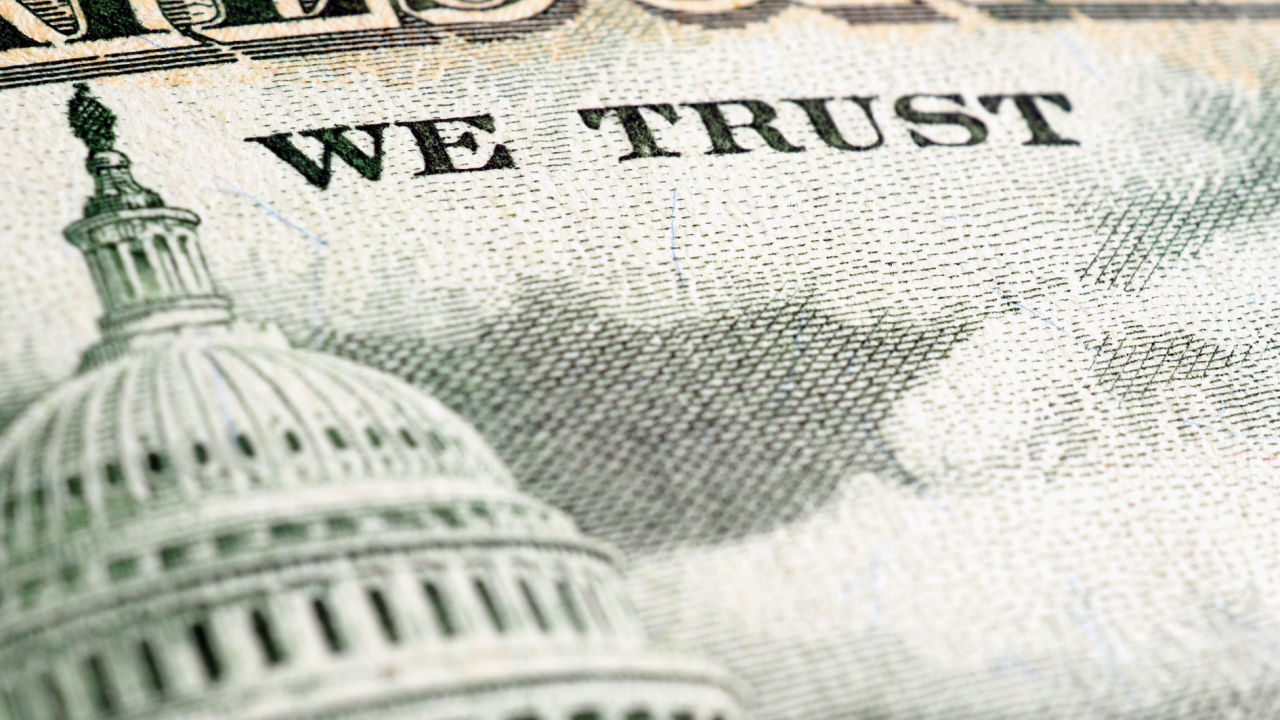[ad_1]

A professor from Cornell College has warned concerning the potential results a collapse of a serious stablecoin may have on the U.S. bond market. Eswar Prasad stated that if massive stablecoins face a collapse, the variety of Treasury bonds they would want to promote may disrupt the U.S. Treasuries market, affecting costs.
Cornell Profesor Alerts About Stablecoin Collapse Hazard
Eswar Prasad, an economics professor at Cornell College, has warned concerning the potential harm a financial institution run on a attainable collapse of a serious stablecoin may convey to the normal finance system within the U.S. Though the latest collapse within the crypto economic system didn’t attain legacy finance constructions, Prasad believes stablecoins and their operations current dangers on this regard.
In an interview with CNBC, Prasad argued that stablecoins use U.S. treasuries as a backup to take care of the worth of the peg. Within the case that one of many large stablecoins out there faces a collapse or a financial institution run, these organizations must redeem these bonds to course of their very own redemptions, affecting the treasuries market.
Prasad acknowledged:
A big quantity of redemptions even in a reasonably liquid market can create turmoil within the underlying securities market. And given how essential the Treasury securities market is to the broader monetary system within the U.S. I feel regulators are rightly involved.
In accordance with their report, all the high three stablecoins possess an enormous variety of U.S bonds of their treasuries. In accordance with reviews issued in November, the issuers of Circle, Tether, and Paxos, issuers of the highest three stablecoins within the crypto market, would possess near $60 billion in U.S. treasury bonds.
Incoming Regulation
Whereas a transparent regulatory framework for stablecoins within the U.S. has not but been established to deal with potential issues from their collapse, regulation could also be on the horizon. In December, Republican Senator Pat Toomey launched the “Stablecoin Transparency of Reserves and Uniform Protected Transactions Act of 2022,” often known as the TRUST Act, with the objective of regulating stablecoin operations with out hindering innovation.
Additionally, not too long ago, the U.S. Home Committee on Monetary Providers created the “first ever” Digital Belongings, Monetary Know-how and Inclusion subcommittee, with the intention of offering clear guidelines for the digital cryptocurrency ecosystem, that may additionally embody stablecoins sooner or later.
The stablecoin market was shaken in 2022, when a top-five algorithmic stablecoin, UST, collapsed and went from a capitalization of roughly $10 billion in January to solely $215 million in December.
What do you consider the considerations concerning the impact of a stablecoin financial institution run on the U.S. bond market? Inform us within the feedback part beneath.
Picture Credit: Shutterstock, Pixabay, Wiki Commons
Disclaimer: This text is for informational functions solely. It’s not a direct supply or solicitation of a suggestion to purchase or promote, or a suggestion or endorsement of any merchandise, companies, or corporations. Bitcoin.com doesn’t present funding, tax, authorized, or accounting recommendation. Neither the corporate nor the creator is accountable, straight or not directly, for any harm or loss brought about or alleged to be brought on by or in reference to using or reliance on any content material, items or companies talked about on this article.
[ad_2]
Source link

